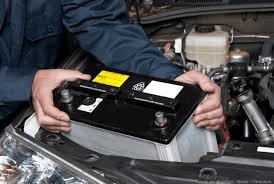 The battery is possibly one of the most important features of your vehicle. It makes everything happen. Without one your car wouldn’t start, you couldn’t operate any lights, and there would be no radio. As a crucial component of your vehicle, it is a good idea to know when you to replace the battery. It is also good to see warning signs that your battery is going bad.
The battery is possibly one of the most important features of your vehicle. It makes everything happen. Without one your car wouldn’t start, you couldn’t operate any lights, and there would be no radio. As a crucial component of your vehicle, it is a good idea to know when you to replace the battery. It is also good to see warning signs that your battery is going bad.
While a vehicle not starting can often be confused with the starter, a battery problem presents itself differently. Some red flags will give you a good indication that it is time to replace your car battery and they can include the following. How To Clarify Which You Have: A Starter or Battery Problem?
Slow Engine Starts
If you turn the key to your vehicle and it doesn’t start right up or takes longer than usual, this could be a significant indicator you need a battery replacement.
Low Battery Fluid
Checking the battery fluid is one way to see if your car’s battery is on the way out. Some cells have a see-through part of the casing that will allow you to check the fluid level. If the fluid drops below the lead plates, it is time for a new one. Ryan GMW can perform a battery fluid check to see if this is indeed the issue and recommend a battery replacement.
Leaking Battery
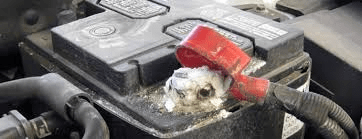 Almost everyone has seen this universal sign on a battery. When a cell leaks it creates corrosion. A white buildup presents this, that is typically on the positive and negative posts. There is a good chance you aren’t getting the best connection to the battery corrosion being present. While you can clean the terminals and get a little more life out of the battery, it is also a sign you will probably need a replacement shortly.
Almost everyone has seen this universal sign on a battery. When a cell leaks it creates corrosion. A white buildup presents this, that is typically on the positive and negative posts. There is a good chance you aren’t getting the best connection to the battery corrosion being present. While you can clean the terminals and get a little more life out of the battery, it is also a sign you will probably need a replacement shortly.
Swollen Battery Case
With excessive heat in the engine bay and outside, this can cause a battery to become swollen. The battery will not have it’s same square or rectangle shape. It could have a bulge or bulges on the sides or top of the battery. A bloating battery case will ultimately mean the battery’s life is shortened.
The Age Test
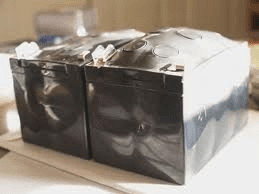 Batteries don’t last forever. While batteries do last a very long time, it is encouraged to have them inspected after three years. After this amount of time, it is a good idea to check it annually. It will ensure it’s operating correctly and free of corrosion. If your car has a ten-year-old battery in it, and you have any of the other symptoms of a failing battery, then it is probably time to replace.
Batteries don’t last forever. While batteries do last a very long time, it is encouraged to have them inspected after three years. After this amount of time, it is a good idea to check it annually. It will ensure it’s operating correctly and free of corrosion. If your car has a ten-year-old battery in it, and you have any of the other symptoms of a failing battery, then it is probably time to replace.
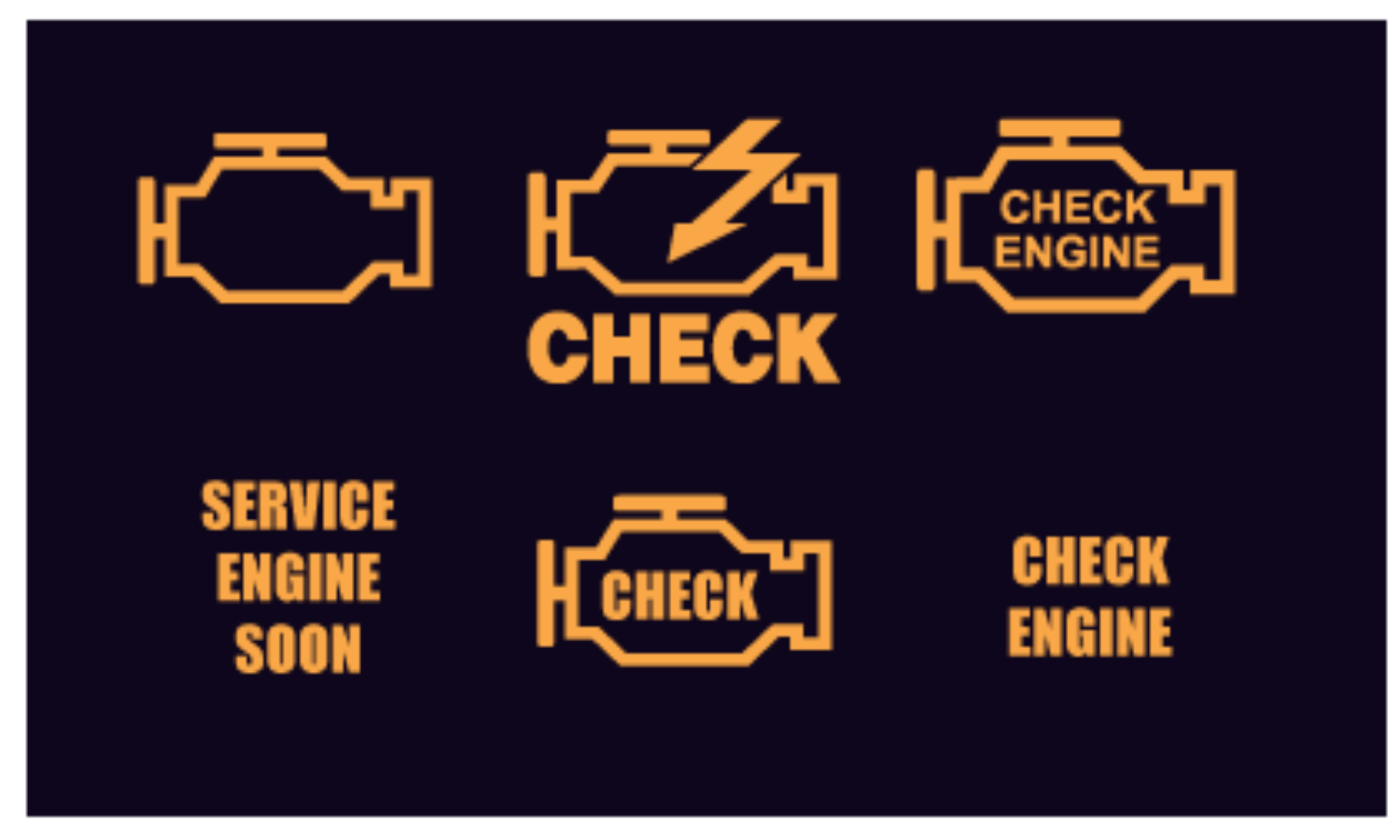
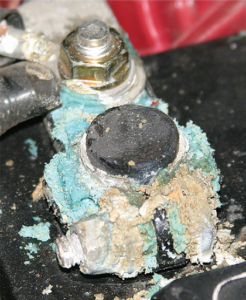 Your car’s battery is one of the most important parts of your vehicle; it is the driving force as to how your vehicle starts. Having clean, non-corroded battery terminals and cables can make all the difference in how it functions. Can battery corrosion keep a car from starting? If your battery is displaying signs of corrosion, i.e. the gunky white build up surrounding the posts, then yes, it can, in fact, cause your car not to start. The reason being is your battery cables won’t be able to make a significant connection to the terminals to supply power. When you start to notice signs of corrosion, it is best to clean the battery terminals as well as the cables thoroughly. There are some unique, inexpensive tools you can purchase that will make the job go very quickly. If you don’t desire to go out and buy these handy tools you can also use some common household materials to get the job done. How to clean battery terminals with a few tips along the way is very simple.
Your car’s battery is one of the most important parts of your vehicle; it is the driving force as to how your vehicle starts. Having clean, non-corroded battery terminals and cables can make all the difference in how it functions. Can battery corrosion keep a car from starting? If your battery is displaying signs of corrosion, i.e. the gunky white build up surrounding the posts, then yes, it can, in fact, cause your car not to start. The reason being is your battery cables won’t be able to make a significant connection to the terminals to supply power. When you start to notice signs of corrosion, it is best to clean the battery terminals as well as the cables thoroughly. There are some unique, inexpensive tools you can purchase that will make the job go very quickly. If you don’t desire to go out and buy these handy tools you can also use some common household materials to get the job done. How to clean battery terminals with a few tips along the way is very simple.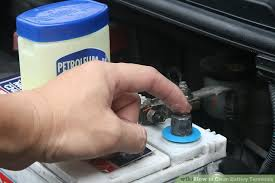 First, you are going to want to disconnect both the positive and negative cables from the battery terminals. You can utilize either a socket or wrench to loosen the nuts holding the wires. The next part will vary depending on what method you choose, so we’ll start with the household.
First, you are going to want to disconnect both the positive and negative cables from the battery terminals. You can utilize either a socket or wrench to loosen the nuts holding the wires. The next part will vary depending on what method you choose, so we’ll start with the household.